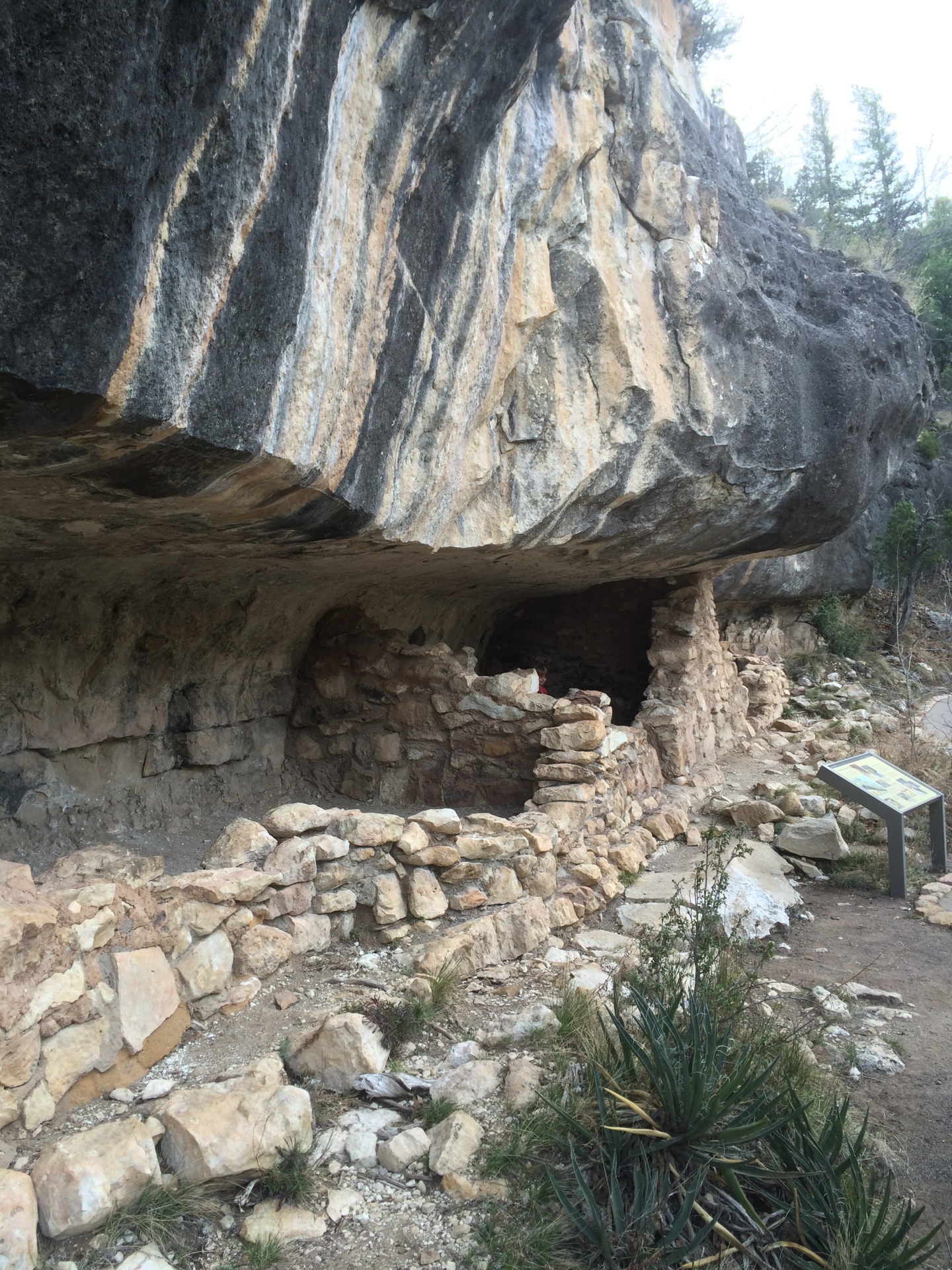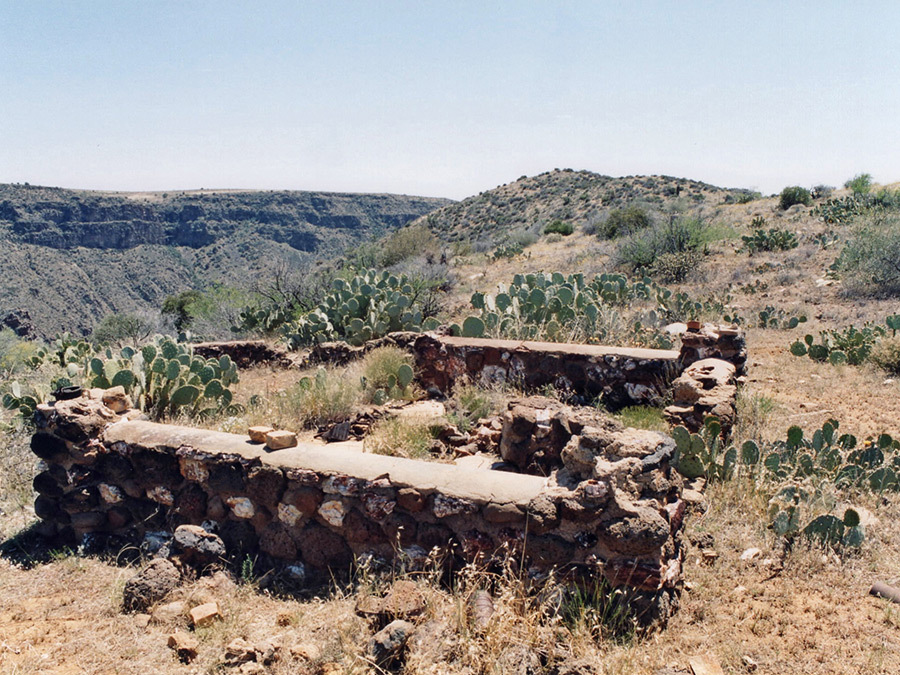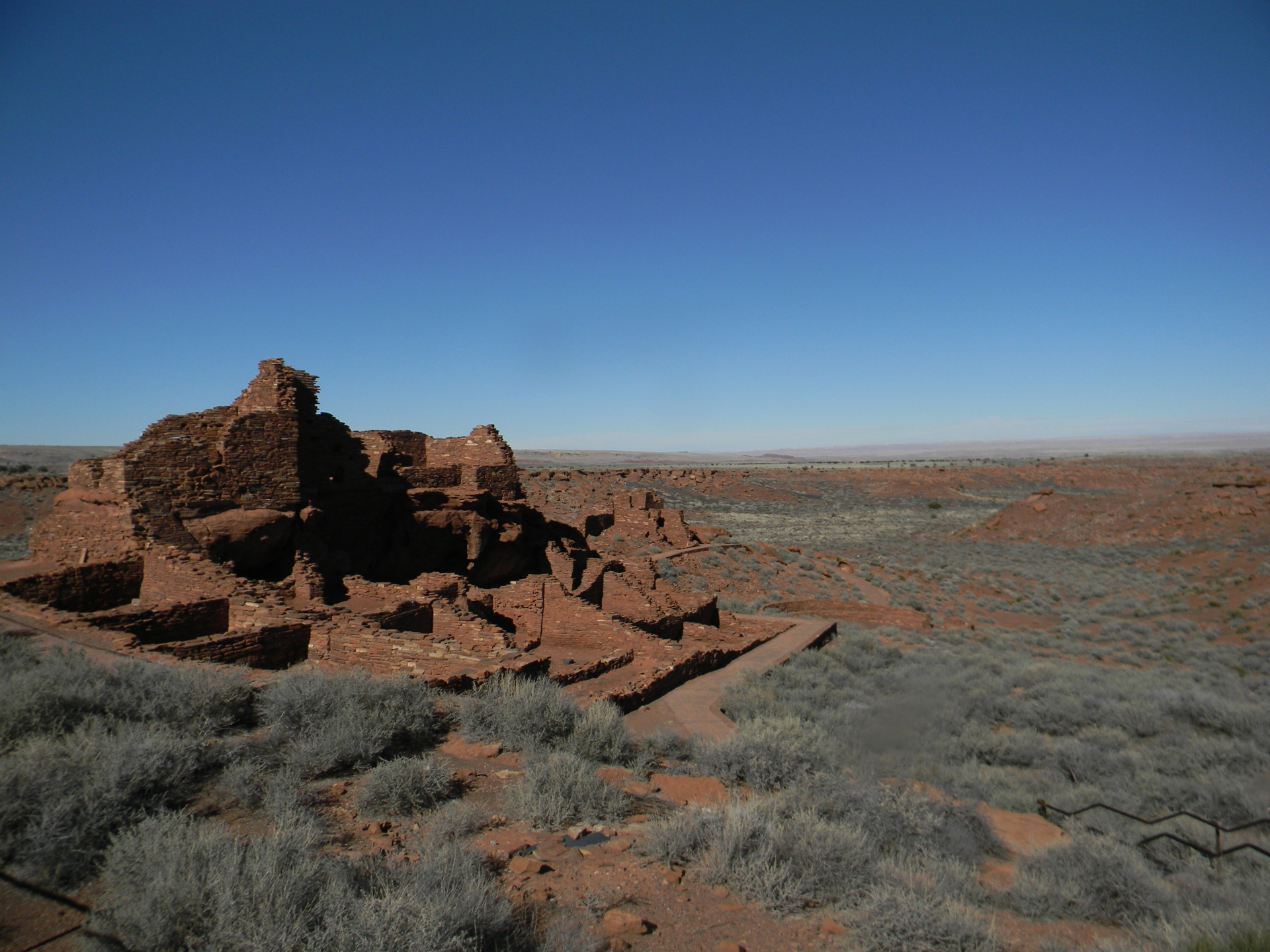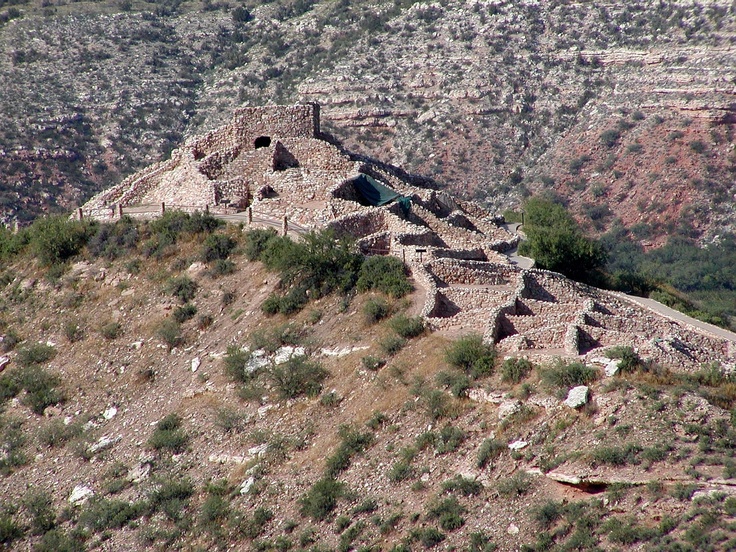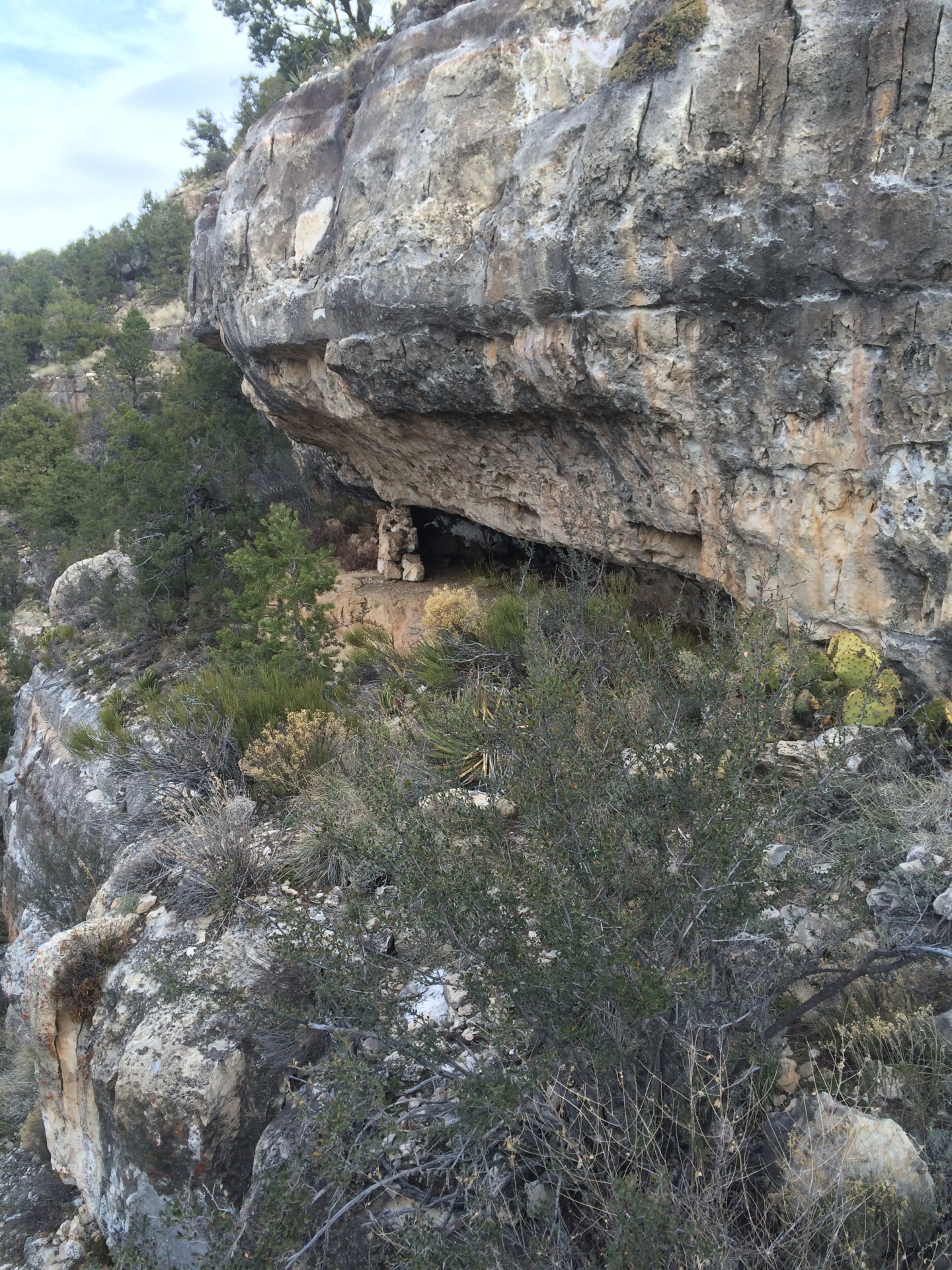What are Good Hiking Foods?
Food for the Trail, Food For Life
We expend quite a lot of energy out on the trail, and all of those calories need to be either front-loaded or replaced. How do we do that? We eat food and drink water. Here, you will find recipes that link with Blue Marble Adventure GeoTourism’s Diet and Fitness regimen for being in great trail-shape. I have used some box mixes and premade sauces to make you life easier, you have enough to worry about training and eating right! Bon Apetit!
To see the exercise regimen that goes with this diet visit www.bluemarblegt.com/blog
Week 1:
Day 1:
Chocolate-Banana Smoothie
2 fresh bananas
1/4 c. cocoa powder
2 c. plain almond mild, unsweetened
1/2 c. water
1/2 plain nonfat greek yogurt
1 c. power greens mix
Place bananas, powder, almond milk, and yogurt in a blender. Puree on high until well combined. Add greens and puree until pulverized. Serve immediately. Reserve extra in the refrigerator.
Toasted BLAT with Turkey Bacon on Sourdough Bread
2 slices sourdough bread
6 strips turkey bacon
4 slices Roma tomato
2 leaves Romaine lettuce
1 avocado
Preheat oven to 300-degrees. Place turkey bacon on roasting pan, and roast in oven for 10 mins, or until bacon is golden brown and crispy. Slice and pit avocado, cut each half into quarters. Toast bread to liking. Spread 1/2 of the avocado onto each slice. Build sandwich with bacon, tomatoes, lettuce, and remaining avocado. Serve immediately
Classic Pizza Neopalitana w/ Whole Wheat Crust
1 package whole wheat pizza dough
1 jar high-quality marinara sauce
1 package fresh mozzarella cheese
1 sprig fresh basil
Preheat oven to 425-degrees. If you have a backing stone, preheat it along with the oven. On floured surface, shape dough into a circle. With a rolling pin, roll out evenly, flouring liberally until desired thickness and shape is achieved. Spread sauce evenly. Slice mozzarella evenly, add to pizza. Bake for 14-16 mins, or until dough is crispy and cheese is melted completely. Pick and tear basil leaves, spread on pizza. Serve immediately.
Day 2:
Berry Peachy Smoothie
1/4 bag frozen mixed berries
1/4 bag frozen peaches
2 c. almond milk
1/2 c. water
1/2 c. nonfat plain greek yogurt
1 c. power greens mix
Place fruit, almond milk, and yogurt in a blender. Puree on high until well combined. Add water to get desired consistency. Add greens and puree until pulverized. Serve immediately. Reserve extra in the refrigerator.
Flaxseed Pancakes with Blueberry-Maple Syrup and Honey Butter
Organic Flaxseed Pancake Mix
1 c. fresh blueberries
3 c. Maple Syrup
1/2 c. butter
2 oz. honey
Bring butter to room temperature. Add honey, whisk vigorously until combined and chill. In small saucepan, heat small amount of butter, add blueberries and small amount of water. Cook until berries become soft and begin to break down. Add syrup and simmer for 5 minutes. Prepare pancakes according to instructions on box and serve with warm syrup and cool butter.
Grilled Eggplant and Couscous salad with Roasted Green Chili Vinaigrette
1 eggplant, sliced, grilled, and diced
1 cup cooked couscous
1 cup roasted green chilies
3 oz. olive oil
1 oz. lemon juice
Salt and pepper to taste
Combine chilies, oil, and lemon juice in a small bowl, whisking to combine. Combine couscous and eggplant, and dress with vinaigrette. Serve immediately.
Seared Alaskan Salmon w/ Caramelized Vegetable Quinoa and Avocado Butter
6 oz. salmon fillet, de-boned
1 onion, diced
1 red pepper, diced
1 zucchini, diced
1 c. cooked quinoa
1 avocado, pitted and smashed
1 bunch cilantro, chopped
1 lime, juiced
1/2 c. unsalted butter, softened
Add avocado, cilantro, and lime juice to butter and combine thoroughly. Preheat oven to 425-degrees. In a skillet, heat small amount of olive oil and add onion, pepper, and zucchini, cooking on low heat until vegetables are browned and sweet. In a different skillet, heat small amount of olive oil to smoke point and add salmon, skin-side down. Cook until edges begin to brown, and put in oven for 5 mins. or until slightly firm. Add quinoa to vegetables and heat. To serve, place quinoa on plate, place salmon on quinoa skin-side up, and put small pad of butter on the salmon. Serve immediately.
Day 3:
Pineapple-Mango Smoothie
1/4 bag frozen pineapple
1/4 bag frozen mango
2 c. almond milk
1/2 c. water
1/2 c. nonfat plain greek yogurt
1 c. power greens mix
Place fruit, almond milk, and yogurt in a blender. Puree on high until well combined. Add water to get desired consistency. Add greens and puree until pulverized. Serve immediately. Reserve extra in the refrigerator.
Veggie-Stuffed Egg Bake with Boursin Cheese
3 eggs
1/2 c. broccoli florets
1/2 c. mushrooms
1/4 c. tomatoes
2 tsp. boursin cheese
1 tsp. cooking oil
Preheat oven to 350-degrees. Saute vegetables in cooking oil using a cast iron skillet. Whisk eggs until well combined and pour over vegetables. Add cheese. Cook in oven until eggs are set.
Whole Wheat Blueberry-Chocolate Chip Muffins
2 c. whole wheat flour
2 tsp. baking powder
1 tsp. salt
2 eggs
1/2 c. butter, melted
1 c. sugar
1 tsp. vanilla extract
1 c. fresh blueberries
1/2 c. chocolate chips
Preheat oven to 350-degrees. In a large mixing bowl add eggs, butter, sugar, and extract. Whisk until creamy an combined. Though a sifter add flour, baking powder, and salt. Whisk lightly into batter. Fold in blueberries, and chocolate chips. Spray a muffin tin with oil. Using 1 full ice cream scoop, portion batter into tin. Bake for 15-20 mins., or until toothpick inserted into center comes out dry. This recipe makes roughly 24 muffins, or two full muffin tins.
French Onion Soup with Gruyere Crouton
4 onions, sliced
2 tsp. butter
4 oz. brandy or cognac
8 oz. cans beef stock
8 oz. chicken stock
1 tsp. salt
Slices French bread
2 slices gruyere cheese
In a stock pot, melt butter and add onions and brandy. Cook onions on low heat until onions are very brown and sweet. Add stock and simmer for 30 mins. Add salt to taste.
For the Croutons: Add cheese to bread, bake in oven for 8 mins. or until cheese is melted and bread is crispy. Add to soup.
Caprese Salad w/ Fresh Mozzarella and Heirloom Tomatoes
2 Roma tomatoes, sliced
1 ball mozzarella cheese
2 sprigs fresh basil
1 oz. extra virgin olive oil
1 oz. balsamic vinegar
Arrange tomato and cheese slices in an alternating pattern. Season with salt, pepper, olive oil, and vinegar. Finish with torn basil and serve immediately.
Grilled Chicken Caeser Salad with Parmigian Croutons
1 chicken breast,grilled and cubed
1 head romaine lettuce
3 oz. low-fat Caesar dressing
1 bag Caeser croutons
Season and grill chicken until juices run clear. Chop lettuce, add croutons. Dress and combine. Add chicken. Serve immediately.
Day 4:
Strawberry-Coconut Smoothie
1/2 bag frozen strawberries
1 c. coconut milk
1 c. almond milk
1/4 c. water
1/2 c. nonfat plain greek yogurt
1 c. power greens mix
Place fruit, almond milk, and yogurt in a blender. Puree on high until well combined. Add water to get desired consistency. Add greens and puree until pulverized. Serve immediately. Reserve extra in the refrigerator.
Frozen Raspberry “Custard”
1 cup frozen raspberries
1/2 cup whole milk
In a bowl, add milk to berries and let sit for 2 mins. Serve immediately.
The Goat’s Cobb Salad
1/4 small bag shredded lettuce
1/4 small bag shredded purple cabbage
1 hardboiled egg, sliced
1 oz. goat cheese
1/2 c. dried cranberries
1/2 c. shelled, crushed walnuts
2 strips turkey bacon, crumbled
1 oz. balsamic vinaigrette
Combine lettuce and cabbage. In parallel lines, garnish salad with remaining ingredients. Dress with vinaigrette.
Health Nut Trail Mix
2 parts skin-on almonds
1 part flax seed
2 part shelled sunflower seed
2 parts pepitas
2 parts roasted pumpkin seeds
2 parts shelled walnuts
2 parts dried cranberries
2 parts dried apricots
1 part roasted oats
Coconut Red Curry Chicken w/ Basmati Rice
1 boneless, skinless chicken breast, grilled and cubed
2 tsp. cooking oil
1/2 c. broccoli, chopped
1/2 c. cauliflower, chopped
1/3 c. carrots, chopped
1/3 c. onion, chopped
2 cloves garlic, chopped
1 can coconut milk
2 tsp. red curry paste
Saute all vegetables with curry paste until translucent. Add cubed chicken. Add coconut milk, simmer until thickened. Serve while hot.
Day 5:
Peach Tahini Smoothie
1/2 bag frozen peaches
2 tsp. tahini paste
2 c. almond milk
1/2 c. water
1/2 c. nonfat plain greek yogurt
1 c. power greens mix
Place fruit, tahini, almond milk, and yogurt in a blender. Puree on high until well combined. Add water to get desired consistency. Add greens and puree until pulverized. Serve immediately. Reserve extra in the refrigerator.
Whole Wheat Waffles w/ Rum-Maple Syrup and Honey Butter
For the cakes:
1 c. whole wheat flour
1 tsp. baking powder
1/2 c. milk
2 tbsp. white sugar
1/4 c. melted butter
1/4 tsp. salt
In a large mixing bowl add butter, and sugar, whisking until combined. Whisk in milk. Though a sifter add flour and baking powder. Whisk lightly until combined, let batter sit for 5 mins. In a lightly oiled waffle iron, add batter and cook until done on the inside and crispy on the outside. Top with syrup and butter. Serve immediately.
For the Syrup:
2 shots rum
1 c. maple syrup
Heat a small saucepan. Add rum and cook out alcohol, simmering for at least 5 minutes. Add syrup, and simmer for additional 5 minutes
For the butter:
2 oz. honey
1/2 unsalted butter, softened
Whisk honey into softened butter and chill.
Fruit n’ Nut Grab Bag
2 parts roasted walnuts
1 part dried apricots
1 part dried cranberries
1 part dried nectarines
1 part dried apple
1 part dried strawberry
2 part pepitas
1 part roasted pistachios
Smoked Salmon and Dill Quesadilla
2 large flour tortillas
1/2 lb. smoked salmon,
2 c. Gouda cheese, shredded
1 sprig fresh dill, picked
Sour cream for garnish
Heat a griddle to medium heat and oil lightly. Lay tortillas flat, and spread cheese on top. Cook until cheese is melted and tortilla is crispy. Add salmon, cook until salmon is heated, roughly 1 min. Add dill, close the tortillas, remove from heat. Garnish with small amount of sour cream and serve immediately.
The Goat’s Fruit Salad
1 small watermelon
1 small cantaloupe
2 cups strawberries
2 cups grapes
1 sprig fresh mint, chopped
3 cups nonfat vanilla yogurt
Remove the rind and cube the melons. Add remaining fruit, mint, and yogurt. Fold until all fruit is covered. Will keep for up to five days when chilled and covered.
Fire-Grilled Turkey Burger w/ Sonoran Coleslaw
For the slaw:
1 cup shredded purple cabbage
1/2 c. shredded carrot
1/4 c. diced green chilies
1/4 c. thinly-sliced apple
2 tsp. rice vinegar
For the burger:
Whole wheat hamburger buns
1 lb. ground turkey
2 tsp. applesauce
1 tsp.Worcestershire sauce
1 tsp. dijon mustard
1 egg
1 tbsp. cornmeal
Combine all ingredients in a mixing bowl. Grill until juices run clear. Top with slaw and serve on buns.
Day 6:
Strawberry-Mango Smoothie
2 c. almond milk
1/2 c. water
1/2 c. nonfat plain greek yogurt
1 c. power greens mix
Place fruit, almond milk, and yogurt in a blender. Puree on high until well combined. Add water to get desired consistency. Add greens and puree until pulverized. Serve immediately. Reserve extra in the refrigerator.
Cereal Nut Mix
2 parts Cinnamon Toast Crunch
2 parts Golden Grahams
2 parts Honey Nut Cheerios
1 part Slivered almonds
2 parts Kix
1 parts dried pears
The Goat’s Tuna Salad w/ Rye Toast
2 c. chunk tuna, drained
2 tsp. light mayonnaise
3 stalks celery, diced
1/2 c. chopped green grapes
1/4 c. chopped cranberries
1 tsp. ground caraway seed
Salt and pepper to taste
Place all ingredients in a large mixing bowl and stir well until combined.
Banana Walnut Bread
3 c. AP flour
2 tsp. baking powder
1/2 tsp. salt
3 eggs
1 c. unsalted butter, melted
1/2 c. sugar
1/2 c. brown sugar
1.5 c. smashed bananas
1 c. shelled walnuts
Preheat oven to 325-degrees. In a large mixing bowl add butter, eggs, sugar, and beat until well combined. Add bananas, and beat until combined. Through a sifter, add flour, baking powder, and salt. Mix on low setting until combined dough is formed. Fold in walnuts. Bake for 55-60 mins., or until toothpick inserted in center comes out dry.
Shrimp Scampi w/ Whole Wheat Pasta
1/2 pckg. whole wheat linguini
1/2 lb. raw shrimp, peeled and deveined
1/2 onion, sliced
3 cloves garlic, sliced
1 c. dry white wine
1 lemon, juiced
1/4 c. unsalted butter
Cook pasta to al dente and set aside. Heat small amount of butter and sauce onions and garlic until onions are brown and taste sweet. Add wine, and reduce by half. Add lemon juice. Add shrimp and simmer until pink and firm. Spoon sauce and shrimp over warm pasta and serve immediately.
Day 7:
Mountain Berry Smoothie
1/2 bag frozen mixed berries
2 c. almond milk
1/2 c. water
1/2 c. nonfat plain greek yogurt
1 c. power greens mix
Place fruit, almond milk, and yogurt in a blender. Puree on high until well combined. Add water to get desired consistency. Add greens and puree until pulverized. Serve immediately. Reserve extra in the refrigerator.
May The Goat be always with you
For trips through geologic time visit www.bluemarblegt.com
Follow The Goat on Twitter: twitter.com/bluemarblegt
and on Instagram at instagram.com/bluemarblegoat
Like our Facebook page at Facebook.com/bluemarblegt


